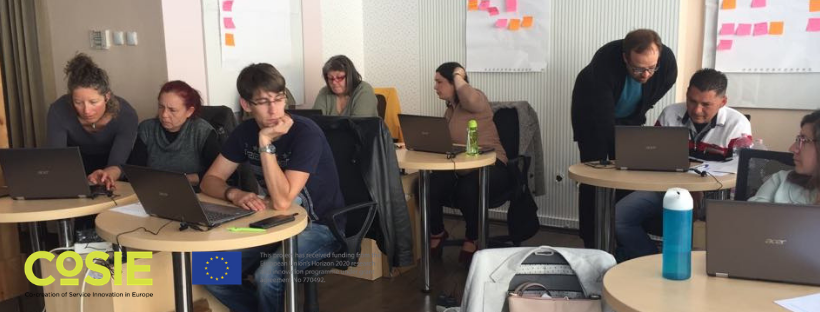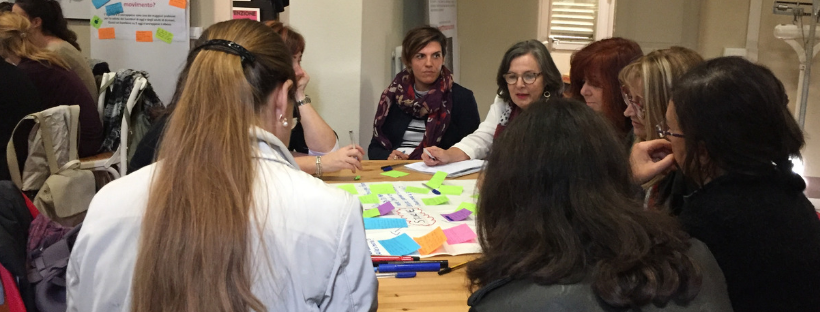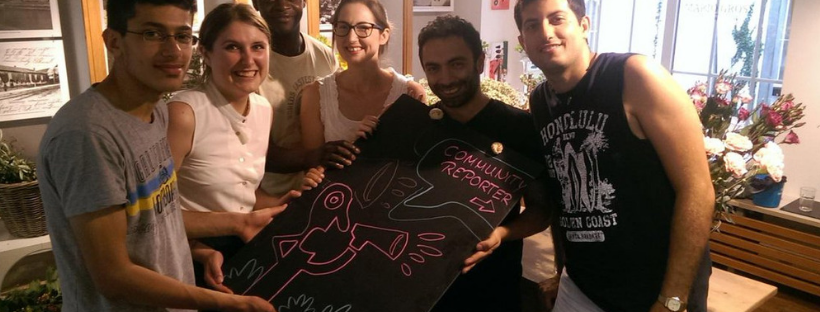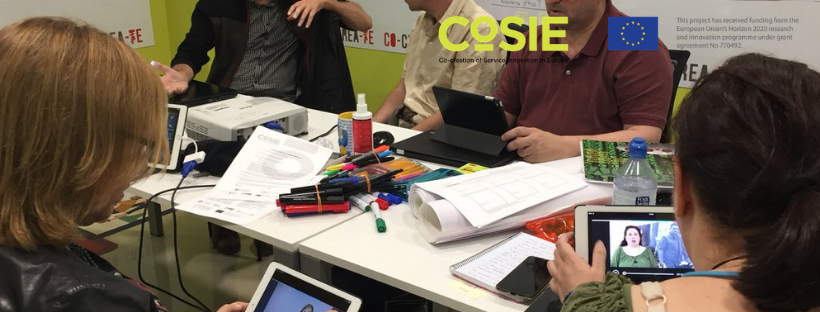USING STORIES TO CREATE CHANGE IN SERVICES… AND BEYOND!
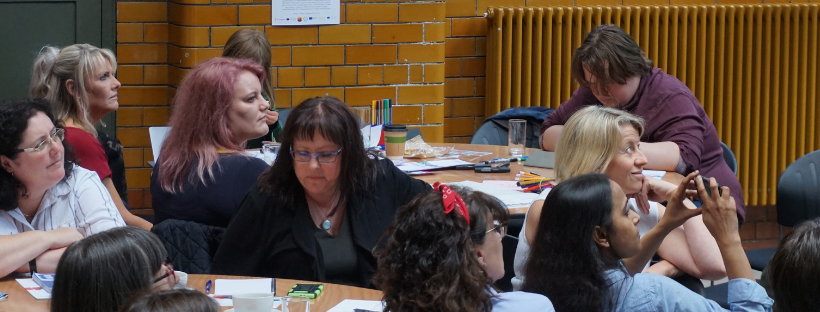
Earlier this month we delivered the ‘Co-creating (Public) services with stories of lived experiences’ symposium as part of the first annual Institute of Community Reporters’ conference… and what a blast it was!
Contributions on the day came from lived experience experts, policy advisors, volunteers, researchers and academics, public service workers and management, NGO workers from the housing, voluntary, asylum and refugee support sectors, co-creation facilitators and health and social care professionals. The programme began by celebrating our work and the storytelling movement we began in 2007. This session explored how the Community Reporting method could support people to use lived experiences to create effective social change. Members of TLAP and NCAG then presented their ‘Making It Real‘ framework, and summarised how gathering stories of lived experiences fed into this work. They highlighted how authenticity was key and how it was important that not just positive stories and experiences were given a platform.
Discussions about storytelling for impact then progressed onto a session led by the Our Voices partnership, who shared with the attendees some of the project’s best practice models around story curation. The Digital Curator Toolkit is a great resource to start with! The attendees did some basic story curation tasks and got to grips with how to analyse people’s stories.
Plenty of discussions were then had around how to mobilise local voices to create policy ideas. As part of this session, the VOICITY’s project presented some of the learning they had garnered on their research into diverse communities in Berlin, Budapest, Salford and Sassari. You can take a look at the Community Reporter research report here. As part of this session, attendees discusses topics such as equity, integration, inclusion and voice.
The CoSIE partners concluded the symposium’s sessions with a collaborative key note and audience dialogue. Individuals from the project presented a number of ideas and concepts to do with the co-creation of public services, initiating discussions around the challenges of co-creation, reflections of co-creation in practice, change barriers and the politics of deep listening, young people’s voice & child protection in Finland and much more.
If this has sparked your interest in working with the knowledge of lived experience to support and enhance service development, you might be interested in attending our CPD workshop: From Consultation to Co-Creation Working Effectively with Lived Experiences. This 1-Day Continued Professional Development workshop will help you develop your knowledge, skills and expertise in how to address the challenges of working with the knowledge of lived experience, tying it in to co-creative processes and bottom-up change structures. Book now as places are limited!
